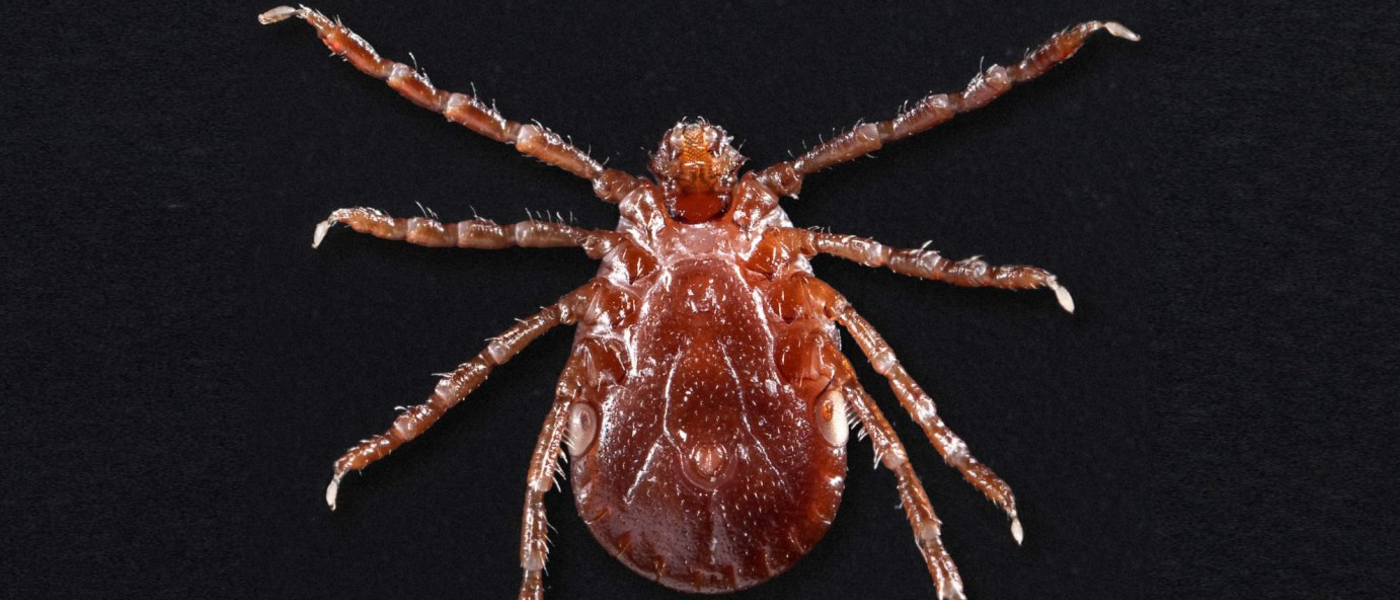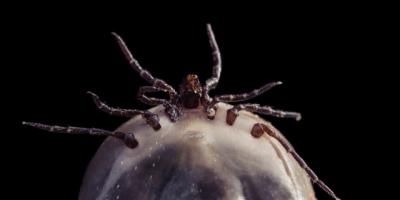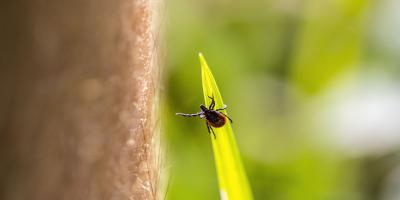How the Asian Longhorned Tick is Changing the Game

If there’s one thing outdoorsy New Englanders know, it’s that ticks sure do bite. But what bites even more is something many northeasterners may not know about—a relatively new species of tick has invaded the East Coast from Asia, and it’s spreading.
Meet the Asian Longhorned Tick
Haemaphysalis longicornis, also known as the Asian longhorned tick, looks a lot like the lone star tick, which thrives in the eastern United States and Mexico, which can make it difficult to tell the two apart. Also like their American cousins, the Asian longhorned tick is a vector for several diseases—some of them even fatal.
Although the Asian longhorned tick was first discovered in the United States (specifically New Jersey) in 2017, so far there have been no reported cases of disease transmission. That’s a relief because in its native Asia, the longhorned tick is known to carry the SFTF virus, as well as bacteria that cause Lyme disease and Japanese spotted fever.
Treatment for SFTF requires a prolonged hospital stay, which includes the administration of antiviral drugs as well as blood product transfusions. Thankfully, this deadly virus has not yet been detected in the ticks collected so far in New Jersey and the eight surrounding states, including Massachusetts.
Pervasive and Persistent
One of the unique features of the longhorned tick that makes it such an invasive species is its ability to reproduce asexually. That means a female can lay around 2,000 eggs which will eventually hatch without any involvement from a male of the species. This makes it practically impossible to eradicate once its established itself in a new area, according to one researcher.
Longhorned ticks have shown a preference for livestock over people, which is good for human health but terrible for business. In other areas of the world where longhorn ticks are prevalent, infestations have been shown to reduce dairy production by as much as 25 percent in infected herds.
Their capacity for such mass destruction is a result of their unique ability to reproduce so quickly and in such great numbers. Also, even though they may initially target livestock, the sheer density of their infestations poses a unique danger for farm workers and others who come into contact with host animals.
Take Cover
The Centers for Disease Control and Prevention is currently studying longhorned ticks to learn more about the pests’ geography, disease transmission and how frequently they attack humans and animals. In the meantime, regardless of an area’s tick presence or supposed lack of, the CDC recommends standard tick precautions, such as long-sleeve clothing, treating clothing and gear with Permethrin—a synthetic pesticide—and always checking skin and especially hair for ticks after returning from the outdoors.
Standard pest repellents, such as those containing DEET or picarin, are also effective in reducing tick bites. Avoiding grassy, bushy or otherwise overgrown areas, staying on trails and showering immediately after outdoor activity are other simple safeguards that will reduce the change of tick bites.
Although tick prevention should always be a priority in the summer months, risk can easily be lessened with the appropriate precautions and should never keep anyone from enjoying the outdoors. After all, the only thing that bites worse than ticks would be not making the most of this season’s lazy days.
For even better peace of mind, call in the professionals to knock down the tick population in your yard by up to 90 percent.
*Photo from Centers for Disease Control / cdc.gov



